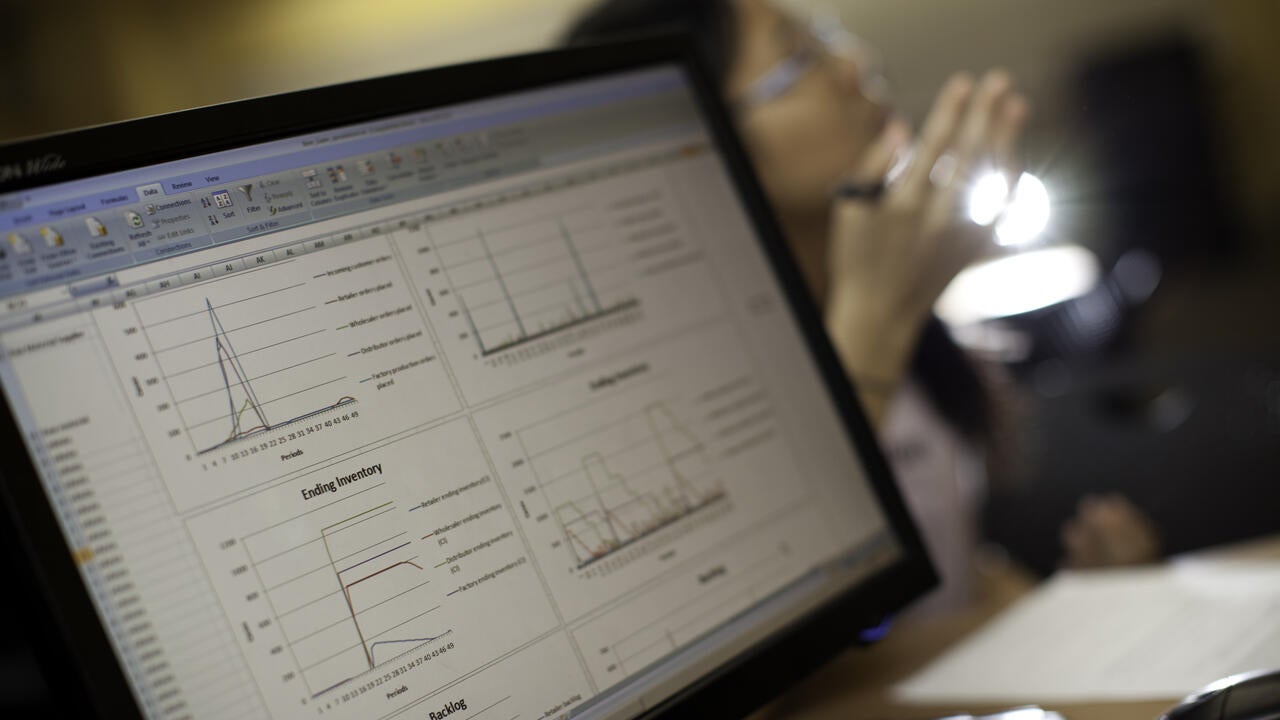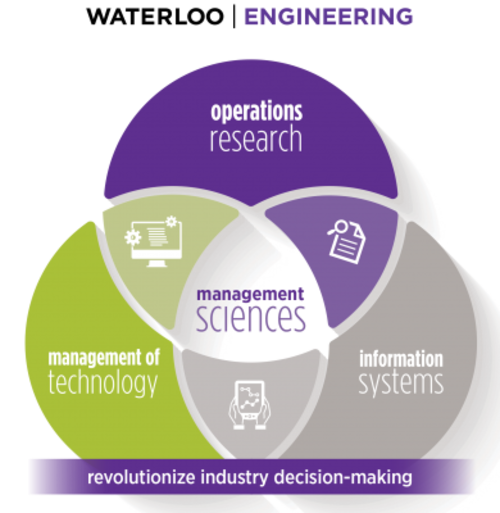
Management engineering for industry decision-making
Samir Elhedlhi , Chair of the Department of Management Engineering, focusses on game-changing differences data analytics will make

Samir Elhedlhi , Chair of the Department of Management Engineering, focusses on game-changing differences data analytics will make
By Shane Schick Faculty of EngineeringIn the mainstream media and even within some business meetings, terms like “data analytics,” “data science” and “big data” are used so interchangeably that they might almost seem like the same thing. When you’re focused on the kind of work Samir Elhedhli is pursuing, specific to management engineering, the distinctions between them are critical.
As Chair of the Department of Management Sciences, Professor Elhedhli is leading a multidisciplinary research program that spans areas like computer science and statistics but also builds upon operations research, a field that emerged during the Second World War when radar systems were introduced in Great Britain. In some respects, the objectives are the same – using information to make better decisions – but changes in computational power and the sophistication of how analysis is conducted promises far more powerful results.
“Data is crude information. You have to mine it until it becomes like gas,” he said. “You take that gas to run an engine which is a decision model, and that engine will make you move ahead of everybody else.”
One of the department’s projects, for example, involves working with a major warehouse management systems company that provides some of the essential machinery used to store and retrieve products. Traditionally, trying to make a warehouse run better would mean working primarily with what you could physically observe and study.

In this case, however, the team is using data analytics to identify improvements you would not necessarily see or guess using classical engineering techniques. This includes data visualization to show where problems are, then developing operational efficiencies so that, for instance, the order fulfillment rate in a warehouse could go from 24 hours to 18 hours.
Of course, organizations have long used complex statistical models to do an analysis of price, products and quality to predict things like customer demand, but that’s really just trying to find the relationship between input and output. Elhedhli sees the work of the Department of Management Sciences tackling much bigger challenges through data-driven process re-engineering and value-added strategic changes.
“Data analytics works is case-by-case to the organization. It’s a consulting job,” he explains. “You have to look at the data, the data has to scream out to you with what problems there are and what possible models you can apply, and then you propose something based on it.”
Beyond the benefits it would offer major industries, Elhedhli says the department could offer a rich career path for engineering students and fill in a growing demand for analytics talent. This was the thinking behind the move to offer an undergraduate program to Waterloo Engineering in 2007, and thoughts for future graduate programs with specialization in Data Analytics.
“In so many things we tend to be ahead of other universities, because of the thinking and the culture at the University of Waterloo,” he says, adding that in this case, Management Engineering students and Management Sciences graduates will leave Waterloo armed with strong skills in mathematics, software engineering and the optimization of operations. “This is at the core of what modern industries are looking for.”

Engineering master's student Nayeema Nonta (left), one of the three paper authors, and her supervisor, Dr. Sirisha Rambhatla, in a large server room with the computer power needed to develop their new LLM training technique. (University of Waterloo)
Read more
Waterloo researchers develop highly efficient AI training system that paves the way for cheaper, greener “intelligent partners”

Read more
Engineering researchers team up to tackle the plastics pollution problem with microbial innovation and engineering design

Read more
15 University of Waterloo researchers have been named to the annual Highly Cited Researchers™ list for significant contributions to their specific fields of research
Read
Engineering stories
Visit
Waterloo Engineering home
Contact
Waterloo Engineering
The University of Waterloo acknowledges that much of our work takes place on the traditional territory of the Neutral, Anishinaabeg, and Haudenosaunee peoples. Our main campus is situated on the Haldimand Tract, the land granted to the Six Nations that includes six miles on each side of the Grand River. Our active work toward reconciliation takes place across our campuses through research, learning, teaching, and community building, and is co-ordinated within the Office of Indigenous Relations.